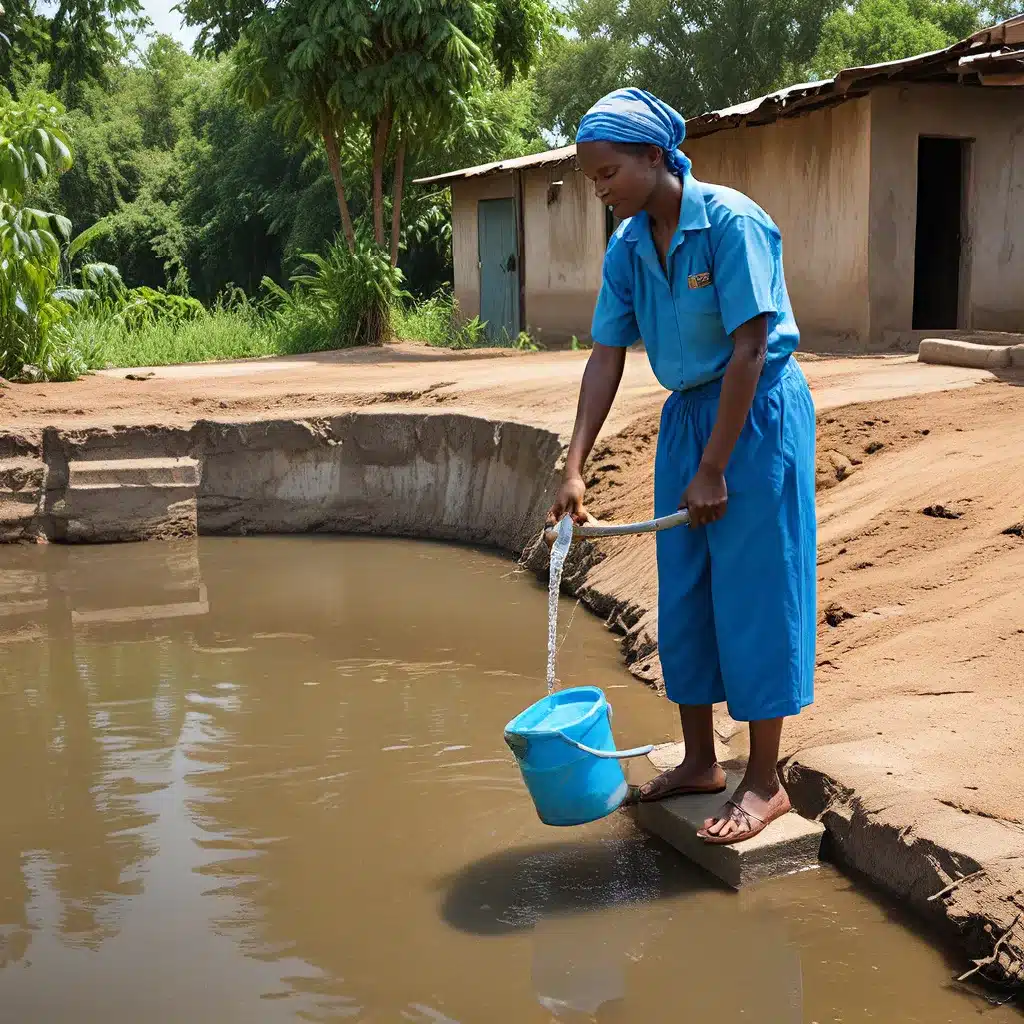
Inland Waters Inc. is committed to providing communities with innovative and sustainable water infrastructure solutions. But you know, it’s not just about the technology – it’s about empowering the people who will be using and maintaining these systems. That’s where education and community engagement come into play.
The Power of Education in Water Management
You’d be surprised at how many people still don’t fully grasp the importance of water conservation and sustainable practices. That’s why one of the first steps in any successful water infrastructure project is to get the community on board through targeted educational programs.
As the Viridis Initiative points out, education can really catalyze a community’s understanding of their local water ecosystem. Once people start to see the impact of their actions on water quality and the vital role that conservation plays, they’re much more likely to get invested in sustainable practices.
And it’s not just about the big picture – education also empowers communities to take practical steps. I’ve seen firsthand how WASH (water, sanitation, and hygiene) programs can teach folks simple but impactful habits like proper handwashing and safe water handling. These small actions may seem insignificant, but they can have a huge ripple effect on public health and the overall cleanliness of water sources.
Cultivating a Sense of Ownership
One of the coolest things about educating communities is that it helps cultivate a real sense of ownership over the water systems. As the Viridis Initiative article mentions, when people understand the intricacies of their local water challenges and solutions, they’re much more likely to take responsibility for using and conserving those resources.
I remember working on a project in a rural village where the community had historically been pretty disconnected from the management of their water system. But after we implemented a series of educational workshops, the dynamic shifted completely. Suddenly, everyone from the local leaders to the schoolchildren were actively engaged in maintaining the infrastructure, monitoring water quality, and spreading the word about conservation.
It was like a light bulb had gone off – these folks realized that the success of the project was in their own hands. And let me tell you, there’s nothing quite like the energy and enthusiasm of an empowered community!
Building Technical Capacity
Of course, education doesn’t stop at just raising awareness. As the Viridis Initiative article highlights, capacity-building is crucial for equipping communities with the practical skills needed to manage and maintain their water systems over the long-term.
Whether it’s training on infrastructure upkeep, water quality testing, or the operation of decentralized treatment systems, these hands-on technical skills are the bedrock of sustainability. I’ve seen communities take such pride in their ability to troubleshoot issues and independently keep their water running – it’s like they’ve become the water wizards of their neighborhoods!
And the cool part is, this kind of capacity-building doesn’t just benefit the water system itself. It also empowers community members to become local champions for sustainable practices, spreading their knowledge and encouraging positive behaviors throughout the region. Talk about a ripple effect!
Adapting to Change
You know, one of the most important things education and capacity-building can do is help communities adapt to changing conditions. As the Viridis Initiative article suggests, climate change and other environmental shifts can pose significant challenges for water infrastructure. But an educated and skilled community is much better equipped to recognize and respond to these changes.
I remember working with a village that had historically relied on a shallow well as their main water source. But as the climate became drier and rainfall patterns shifted, that well started to dry up more frequently. Instead of panicking, the community was able to draw on the knowledge and technical skills they’d gained through our training programs. They were able to quickly identify alternative water sources, implement temporary conservation measures, and even start exploring options for a more resilient system.
It was amazing to see how their sense of empowerment and ownership allowed them to navigate those challenges with confidence. They weren’t just passive recipients of a water system – they were active stewards, ready to adapt and overcome whatever obstacles came their way.
The Ripple Effect of Empowered Communities
When you really think about it, the impact of educating and empowering communities around water infrastructure goes way beyond just maintaining the physical systems. It’s about fostering a deep sense of ownership, building technical expertise, and cultivating local champions who can drive positive change.
As Dennis Agoti from Agoti Consulting points out, education can help strengthen the social fabric of a community by nurturing shared responsibility and collaboration. And as we’ve seen, that social cohesion is the bedrock of collective action when it comes to sustainable water management.
Heck, I’d argue that empowered communities don’t just benefit from better water infrastructure – they become the driving force behind it. They’re the ones who will champion new projects, advocate for policy changes, and inspire their neighbors to adopt more responsible water practices.
It’s a ripple effect that just keeps spreading, transforming not just the physical landscape but the cultural and social landscape as well. And that, to me, is the true power of empowering communities with sustainable water solutions.
Conclusion: A Future of Water-Wise Champions
At Inland Waters Inc., we’re not just building infrastructure – we’re building communities of water-wise champions. By putting education and capacity-building at the heart of our approach, we’re empowering people to take ownership of their water resources and become active stewards of sustainable solutions.
It’s an exciting future, filled with engaged citizens, thriving ecosystems, and resilient communities that can weather any challenge. And hey, if you’re ready to be part of that movement, I’d encourage you to reach out to us. Together, I know we can make a real difference in the lives of people everywhere.


